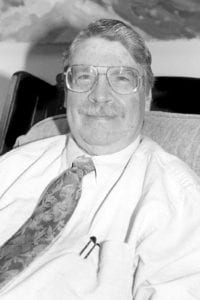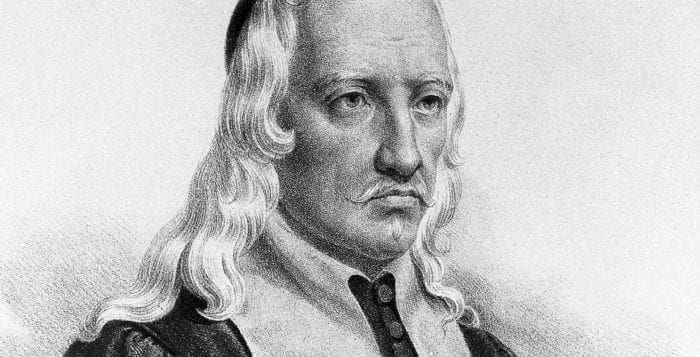By Elof Axel Carlson

Scientists have a tradition of citing those whose work helped shape their own ideas and experiments. Almost every scientific paper has a list of such journal articles or books cited by the authors of a published article in a peer-reviewed journal. Usually these references are to recent work that the author or authors have read.
But one could chase back the references of each cited article and keep doing this to work that was published in the 1600s. Before that things get more complicated because science as we know it dates to the Renaissance. Most of those cited names are forgotten to us and we are taught the names of only a few of these many scientists.
Thus, we single out the major contributors like Galileo and his work supporting the Copernican theory that Earth and other planets move around the sun. We cite Vesalius’s work on human anatomy, the first accurate depiction of the organs of the human body. We also cite Harvey’s work on the circulation of the blood. What these all have in common is the belief that living organisms are like machines and the laws of physics apply to interpreting their structure and function.
One of the forgotten contributors to this view of life was Giovanni Alfonso Borelli (1608–1679). Born in Naples, he was the son of a Spanish father, Miguel Alonso, and an Italian mother, Laura Porrello. His father had been exiled from Spain for association with a heretic. This led young Giovanni at the age of 20 to change his baptismal name from Giovanni Francesco Antonio Alonso to the fully Italian sounding Giovanni Alfonso Borelli, which was a version of his mother’s surname Porrello.
At that time Naples was a Spanish colony and Borelli grew up with his sympathies for Italian culture and political rule. He became a mathematician and astronomer first. He worked out the orbits of Galileo’s discovery of the four large moons of Jupiter and showed they were ellipses. He showed that a comet of 1664 had a parabolic path and was farther than the moon, contradicting church belief then that the comets were not as far as the moon. Isaac Newton cited his work.
Borelli shifted to medicine and showed that the motions of animals was caused by muscle contractions and the mathematics of levers, pulleys and other machines applied to the components of the body that he studied. He rejected the prevailing view that motion was caused by a vital fluid in the muscles coming from nerves by cutting muscles and showing no such fluids were released. Instead he worked out the center of gravity for different activities of animals and founded the field of biomechanics.
He kept moving whenever his Spanish ancestry was revealed or when he contradicted fellow scientists who clung to Aristotelian theories that Borelli rejected as nonscientific. In his later life while writing his works, he was supported by Queen Christina of Sweden who went into exile in Rome after converting to Catholicism. He taught mathematics in the convent school that she established and she paid for the publication of his book on animal motion that he dedicated to her.
Elof Axel Carlson is a distinguished teaching professor emeritus in the Department of Biochemistry and Cell Biology at Stony Brook University.





